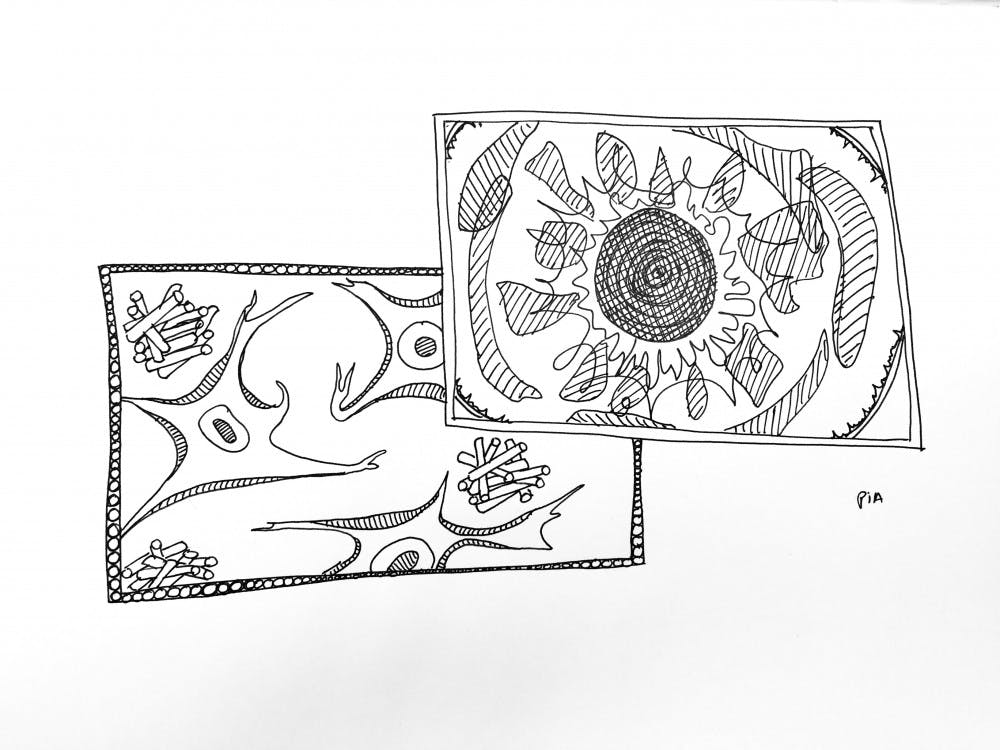A trial currently being conducted by University professors at Butler and Rhode Island Hospital may be key to diagnosing Alzheimer’s at an accessible cost before the symptoms appear. The trial has two main focuses: to test whether the drug Solanezumab can delay memory loss and to determine whether a retinal scan can detect the plaque buildup.
The implications of this study could be huge — scientists may be able to not only delay or prevent memory loss, but also potentially diagnose it before it manifests using a simple retinal scan at the eye doctor, said Stephen Salloway, professor of neurology, who is leading the study.
Because the retina contains nervous system tissue just like the brain, the amyloid plaque buildup that causes Alzheimer’s may be reflected in the retina, said to Peter Snyder, professor of neurology and surgery. Snyder’s research, which largely inspired this trial, was the first to look at the correlation between the eye and the brain in potential Alzheimer’s patients before they started showing symptoms.
“My hope is to ultimately intervene as early as possible,” Synder said. “Currently, by the time we’re able to diagnose the disease, it’s quite possible that too much damage has already taken place.”
While there are genetic markers for Alzheimer’s, they don’t necessarily guarantee having or not having the disease, Snyder said. In pushing the diagnosis window earlier, to people who may get the disease in five, 10 or 15 years, Alzheimer’s medications that currently fail could be more effective.
The study also carries a public health implication. PET scans, which predict a person’s risk of Alzheimer’s, cost roughly $4,500 dollars and are not available to most of the world. But if retinal imaging, which costs around $50 per subject, were able to accurately predict Alzheimer’s risks, it would offer “an inexpensive and available way of identifying diagnostics for many areas of the world that don’t have access to highly sophisticated neural imaging,” Snyder said. It uses the same simple technology that an optometrist would use to detect glaucoma or macular degeneration, he added.
The parent trial testing the drug Solanezumab, which draws from the community of people who currently have normal memory, mandates at least four and a half years of treatment, according to Salloway. The sub-study examining the retina to test its ability to predict Alzheimer’s risk, which began just a few months ago, will last at least as long.
“Alzheimer’s is one of the most important clinical problems we face given that the number of people likely to be affected over the next 20, 30 years will increase,” Salloway said. With the resources and researchers at Brown, a leading center in imaging the eye for Alzheimer’s disease, he hopes to detect Alzheimer’s in an economical way.





